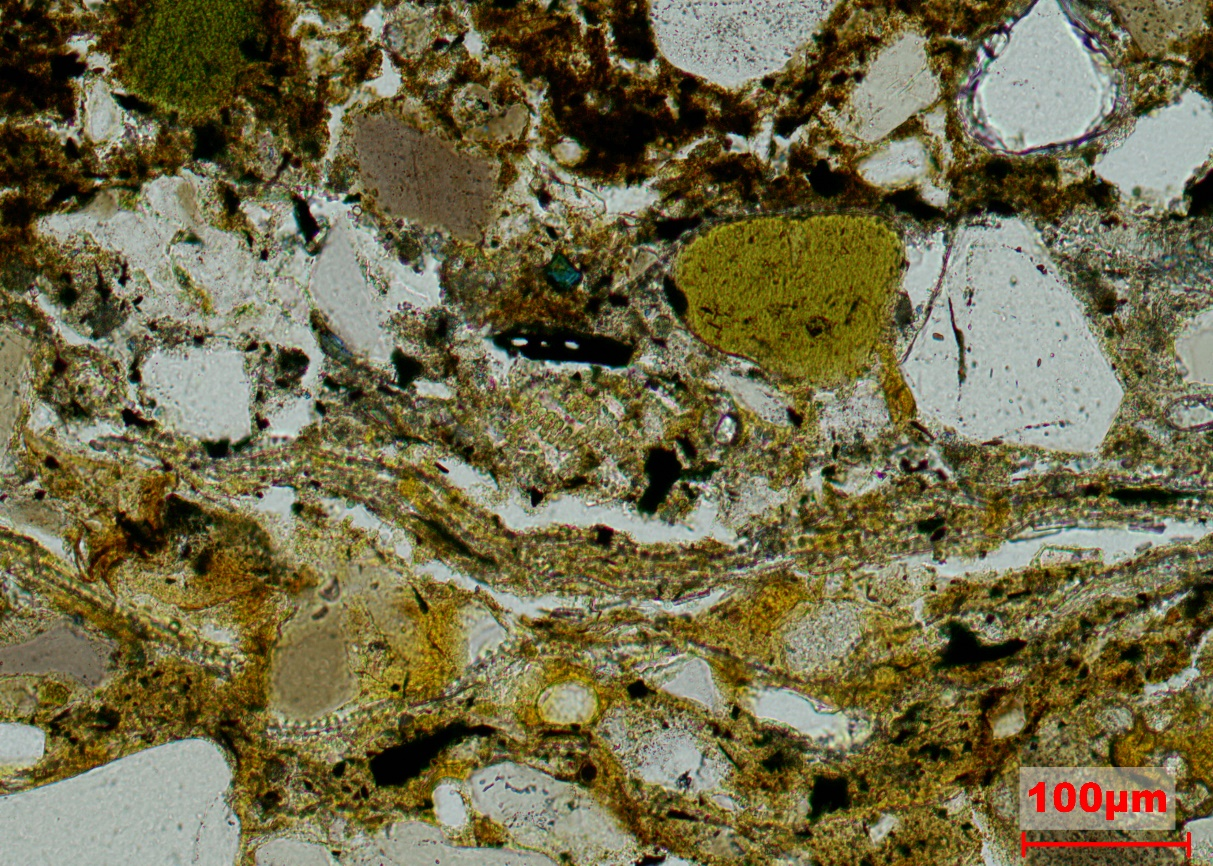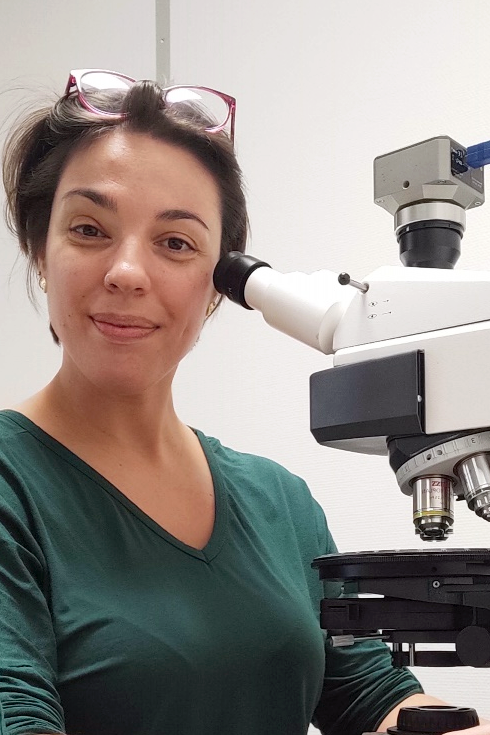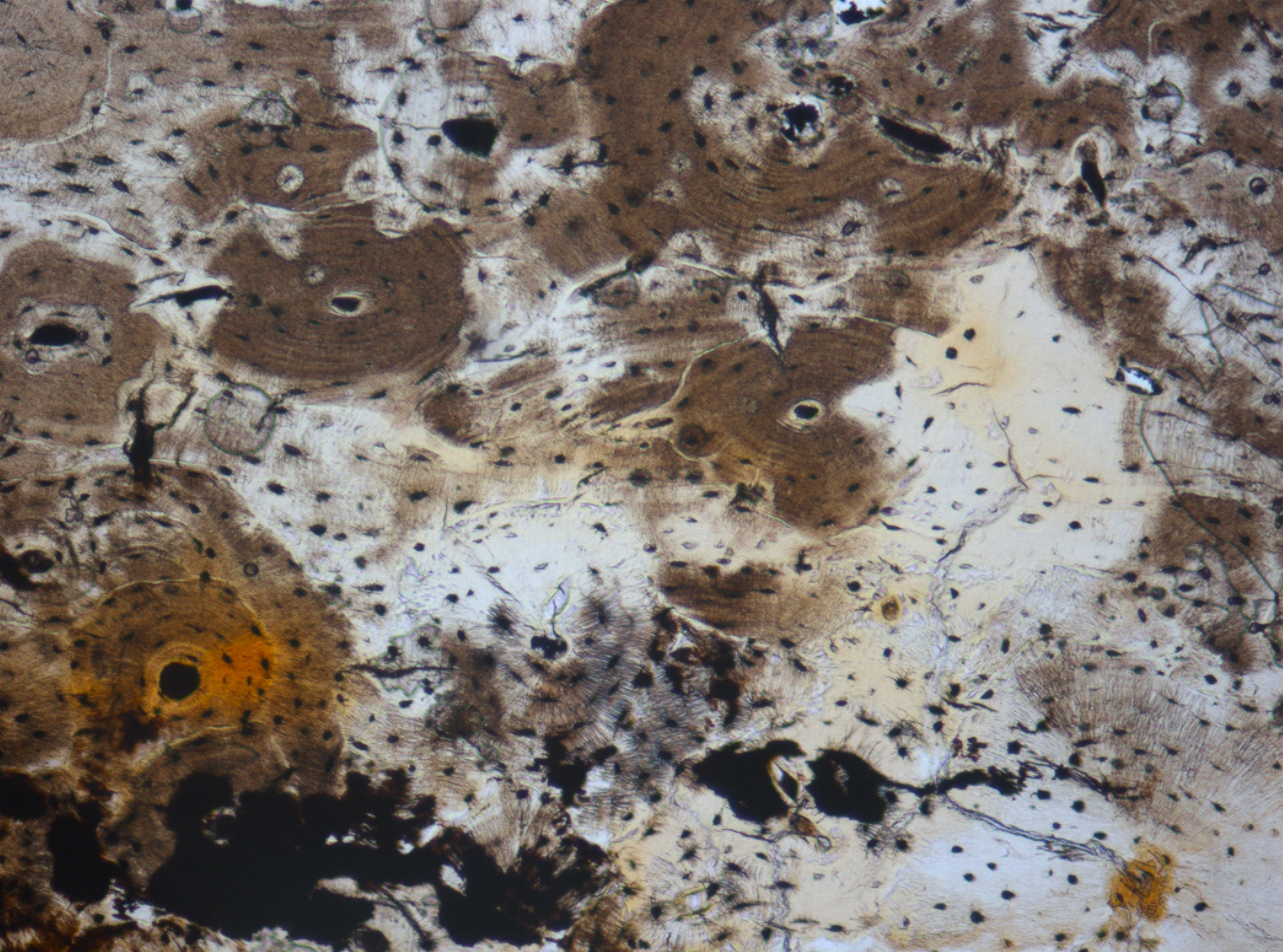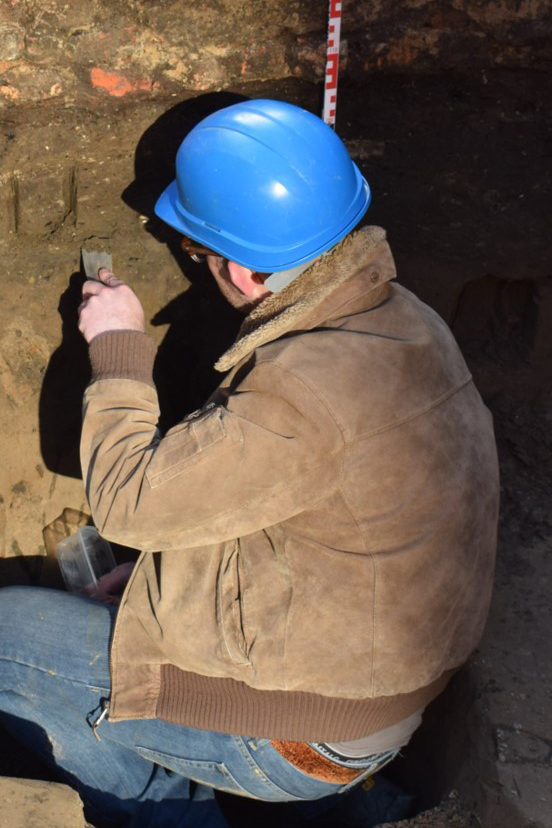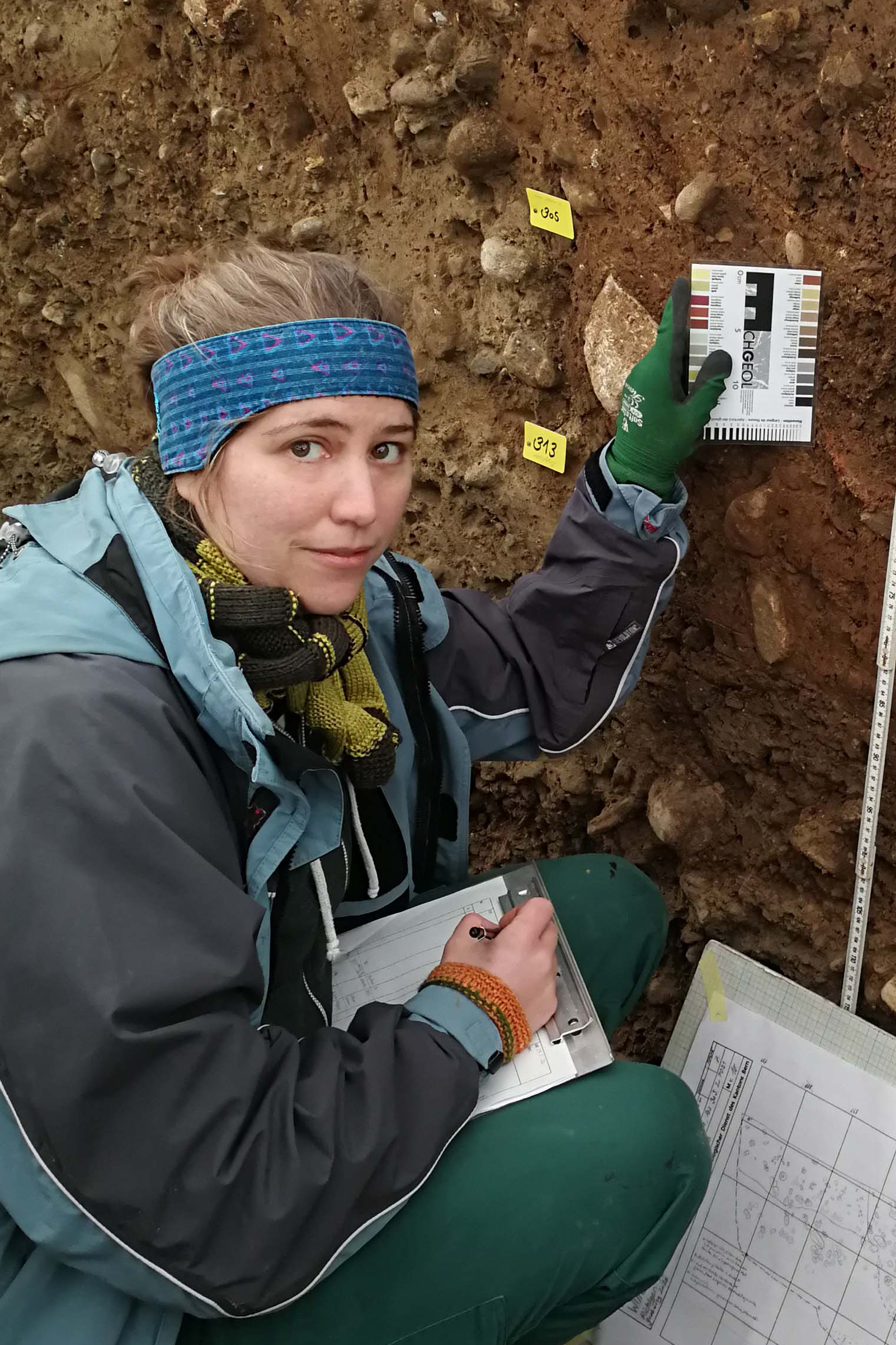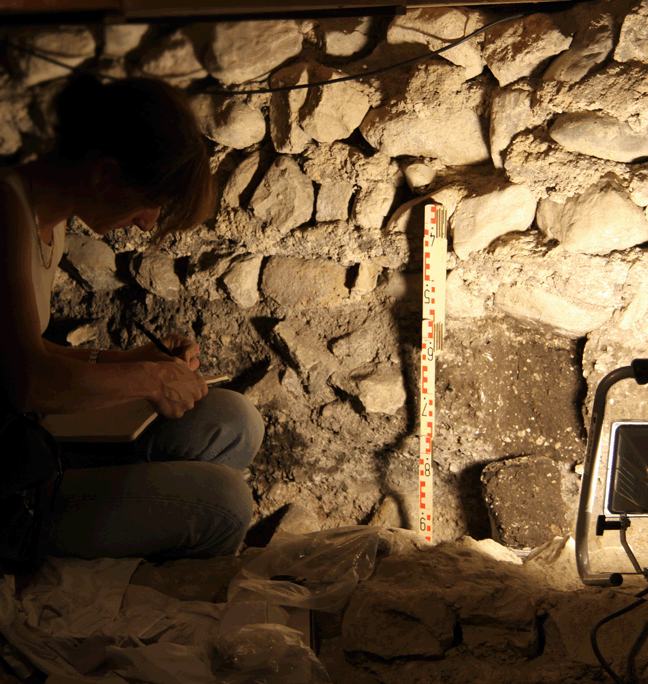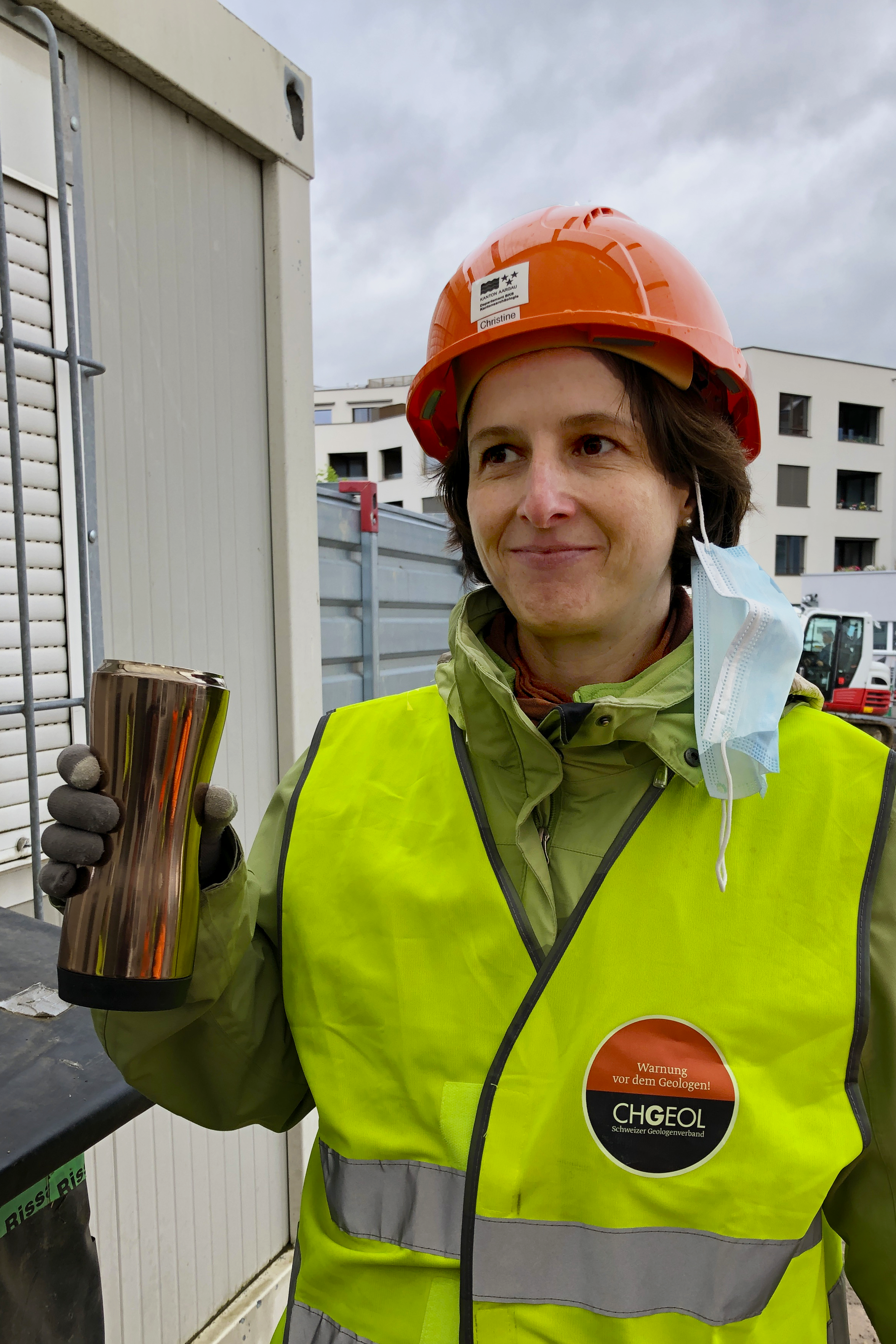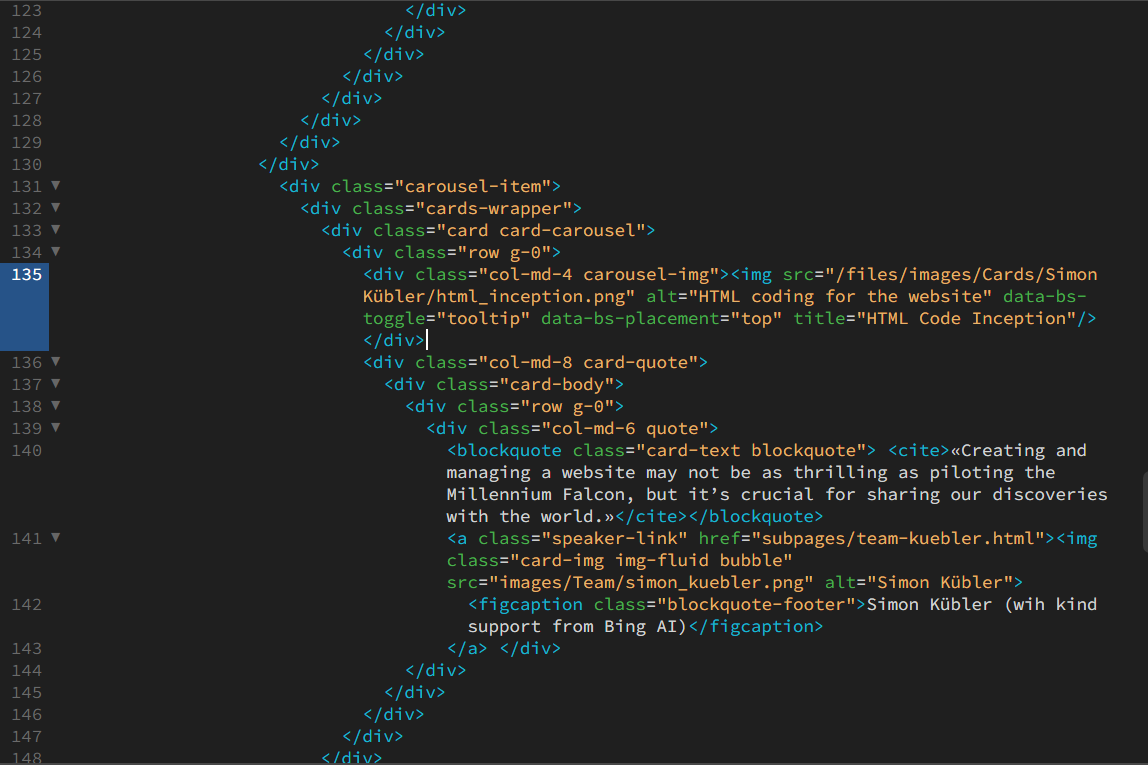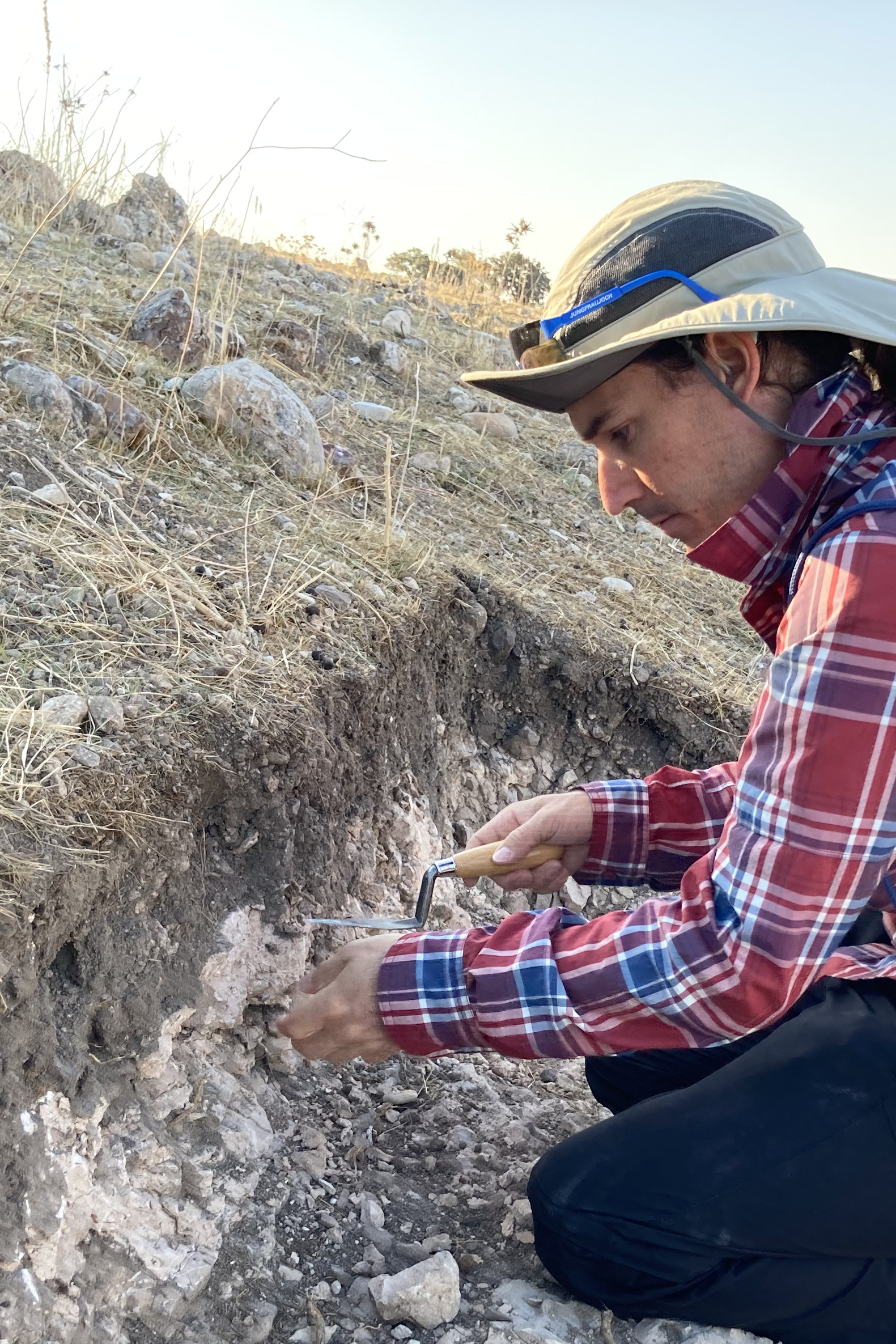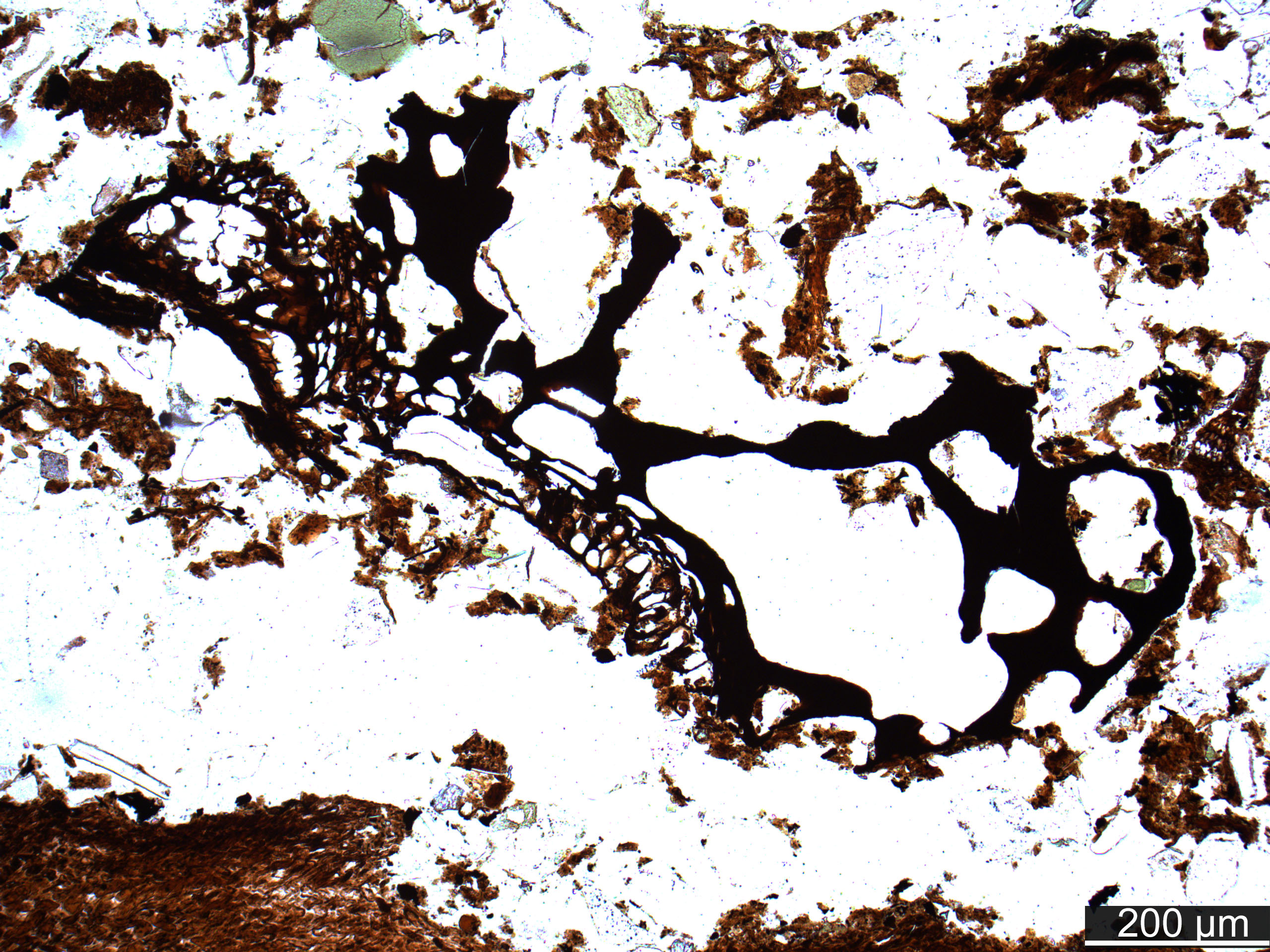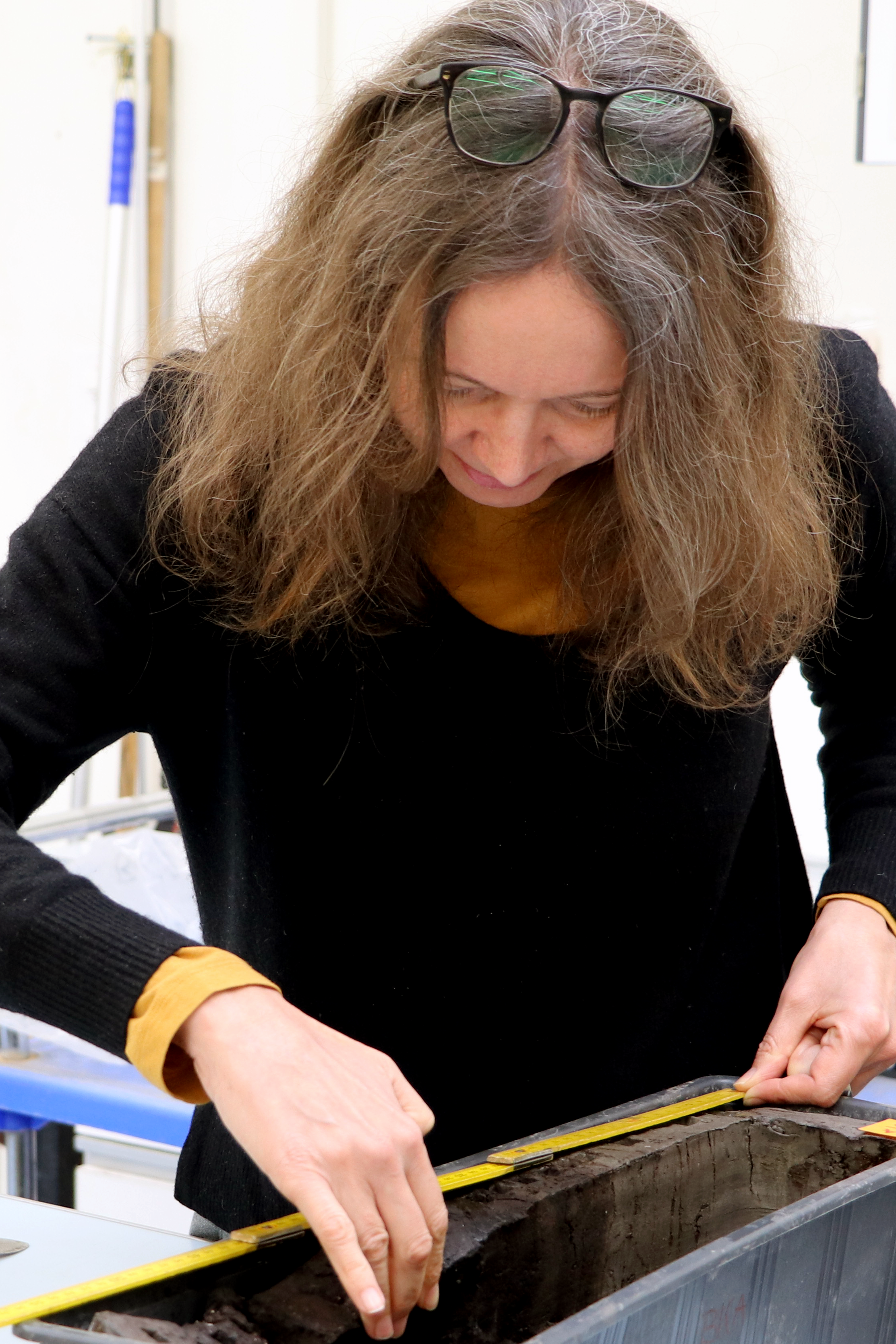Welcome to the Dark Side
Disclosing the invisible stages of medieval urbanisation through the integrated study of European Dark Earths
Thick, dark-coloured homogeneous deposits, Dark Earths, are a common phenomenon in European towns. Their seeming absence of stratigraphy has in the past resulted in a lack of research or their discarding. Meanwhile, geoarchaeological research has demonstrated that they contain highly valuable information impossible to access with traditional methods.
Micromorphological data from numerous case studies, primarily in Belgium and Switzerland, are reevaluated in an integrated study. The aim is to answer fundamental questions about medieval towns and their development, through characterisation of human activities, natural processes, and taphonomical changes that shaped them. All data are entered into a novel two-pillar database system (I-GEOARCHrec and I-GEOARCHive). Thanks to this unique open access system and image reference collection, the project will have a significant and lasting impact on how Dark Earths are studied in the future, preventing further loss of irreplaceable information.
